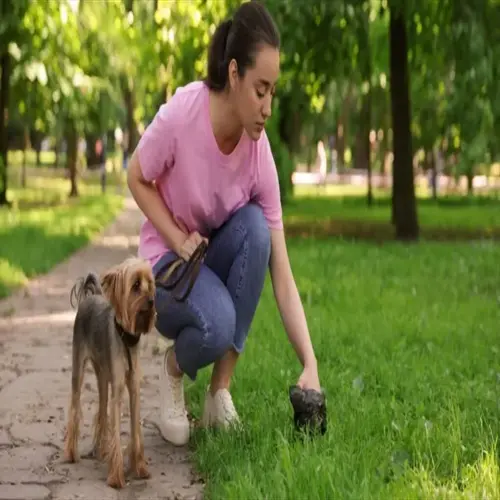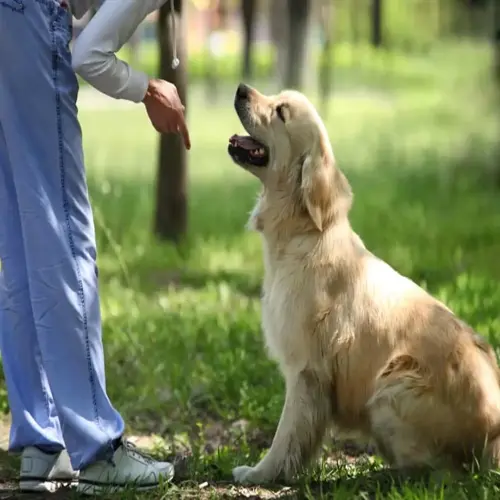What home modifications help senior dogs?

Written by
Susan Taylor
Reviewed by
Prof. David Walsh, Ph.D.Making changes in your home is vital as your aging dog goes through mobility and/or sensory decline. Small and manageable home modifications can support safer environments conducive to preventing accidents, but also support their independence. Changes to your home lessen day-to-day concerns regarding your dog's safety and, therefore, help your dog's confidence while coping with aging.
Vision Assistance
- Contrast pathways using dark rugs on light floors
- Tactile markers near food/water stations
- Consistent lighting avoiding sudden brightness changes
Hearing Support
- Vibration collars signaling attention needs
- Visual hand signals replacing verbal commands
- Floor taps before physical contact
Temperature Regulation
- Cooling mats for warm environments
- Orthopedic bed warmers during cold months
- Room thermometers maintaining 68-72°F (20-22°C)
Preventing falls begins with non-skid surfaces on all slippery floors. Non-slip rug underlay secures rugs against dangerous slipping. Sturdy gates can be installed at the top and the bottom of stairways. These barriers protect dogs with weakened hindquarters and balance.
Supportive bed adaptations include orthopedic beds with memory foam support and placement in areas free of draughts and away from vents. For access to furniture and a vehicle, slopes can be used. Non-skid material should be used on the ramp for safety. The angle of the ramp should be below 20 degrees for the safety of climbing.
Multiple water stations per level are required for resource accessibility. Elevated food bowls should be at chest level to prevent neck strain. Use litter boxes appropriate for cats that have low entry ramps. Favorite toys should be within reach so that jumping is not necessary.
Your careful differences make an impact on daily life, for companions for seniors. Observe lower anxiety levels whilst playing with a soundproofed retreat during a thunderstorm. Observe a confident partner navigating using tactile pathways. Each of these changes is a testament to the years spent together, and that now is in the form of care that is practical.
Read the full article: 9 Essential Senior Dog Care Tips for Golden Years

